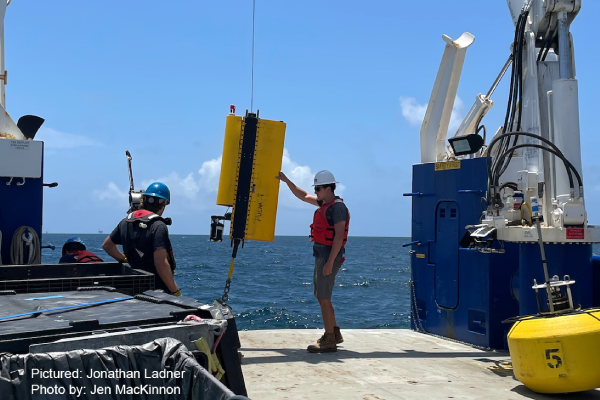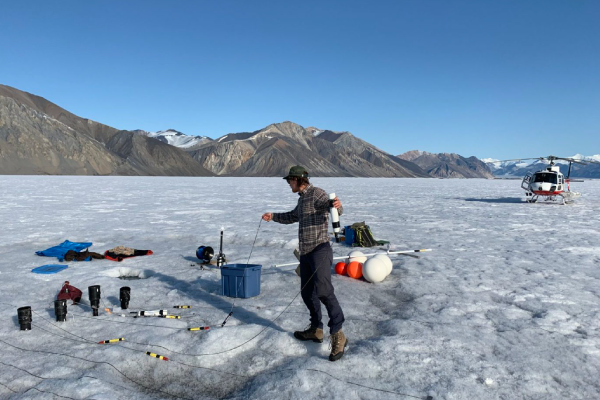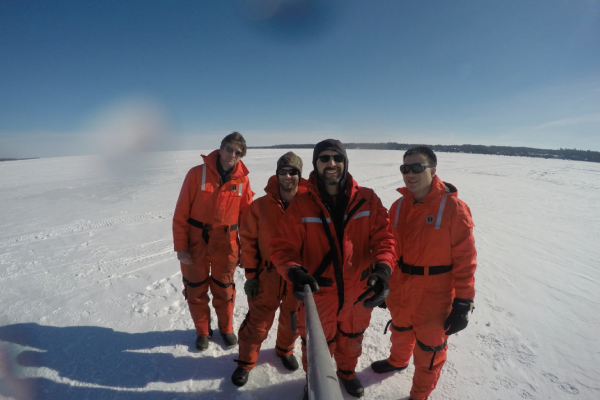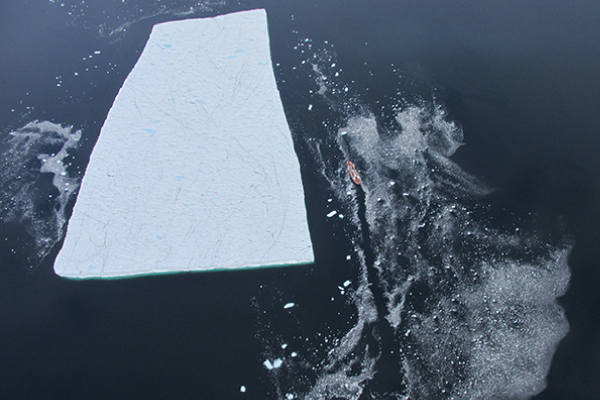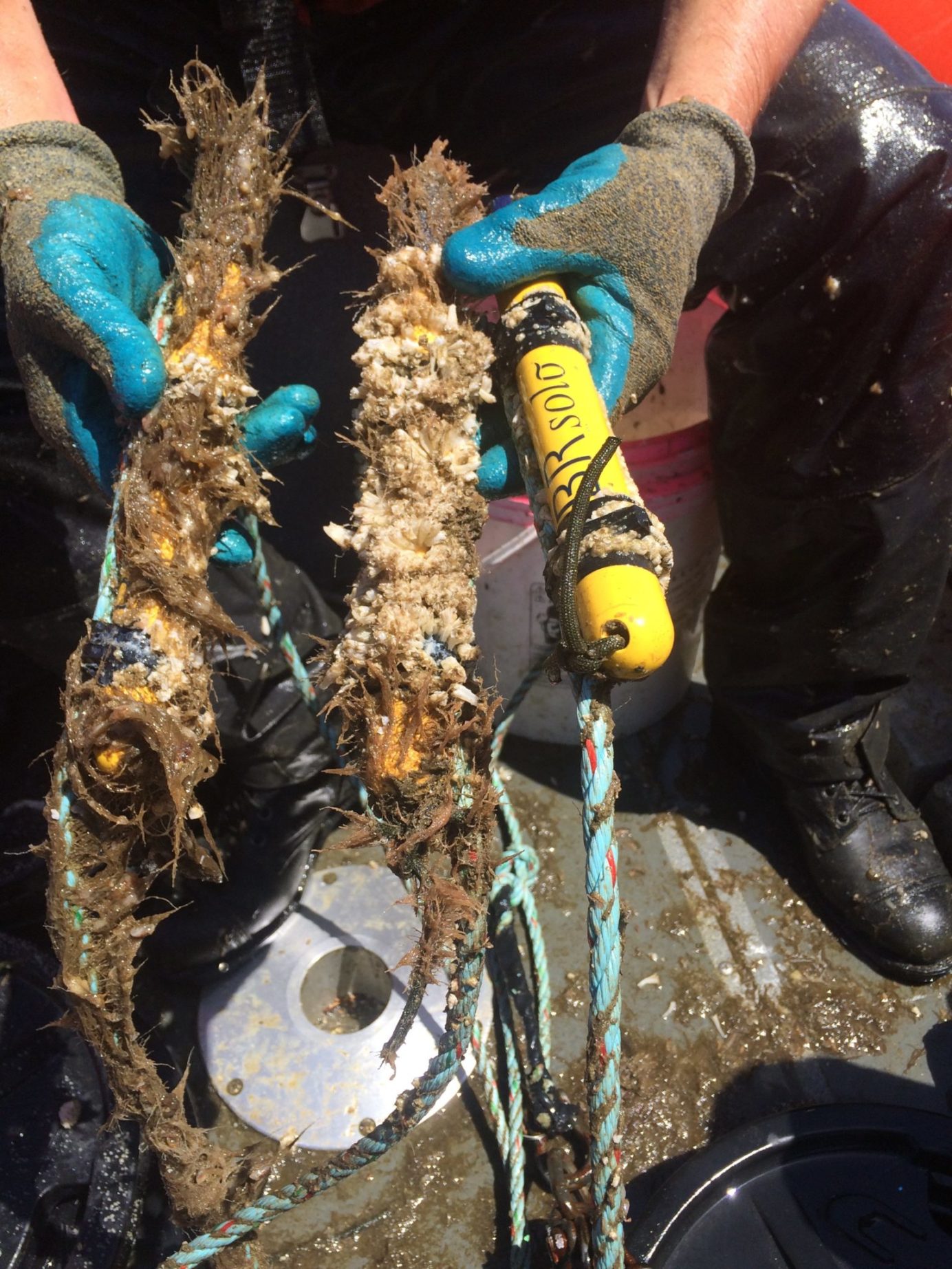The coastal ocean is a dynamic and productive environment, critical for the success of fisheries, tourism, and local economies. But these productive environments are also associated with a variety of complex oceanographic features. To better understand and protect these ecosystems, many physical oceanographers are diving deeper into the dynamics that drive mixing and water exchange. Complex coastal features like currents … Read More about The SUNRISE Project: Using RBR instruments to unravel mixing in the Gulf of Mexico
RBR instruments study sea level rise in the Canadian Arctic
Since the writing of this story, published in ECO Magazine, the Milne Ice Shelf has collapsed into the Arctic Ocean. A team of Canadian and American researchers are using RBR temperature and salinity loggers to study how the Arctic’s ice shelves are changing over time. By understanding their disappearance, the researchers are able to predict the dynamics of the much … Read More about RBR instruments study sea level rise in the Canadian Arctic
RBR array records high accuracy and frequency temperature under seasonal lake ice
Bernard Yang (right) and Mathew Wells (second from right) from the University of Toronto, as well as Mike Mueller and Jeremy Metzger from the Ontario Ministry of Environment, Conservation, and Parks, field sampling on ice-covered Lake Simcoe.
Ice Shelves, Ice Islands and Measuring Change in the High Arctic
In Canada’s High Arctic, within the fiords of Ellesmere Island, there are lakes that float upon the Arctic Ocean. Called epishelf lakes, they are glacially-fed bodies of freshwater that sit atop a steep halocline. The lakes exist only where the ice shelves, filling the mouths of the fiords, act as dams, holding the water from flowing into the ocean. In … Read More about Ice Shelves, Ice Islands and Measuring Change in the High Arctic
Go Big or Go Home: Instrumenting the Nearshore
Leaning over the side of the 22-foot boat and pulling up the first line of temperature sensors, oceanographer Jamie MacMahan described the state of the line as the worst bio-fouling he had ever seen. It was slimy and smelly. One down, 34 more to go. This was only a pilot project, but MacMahan’s mantra of ‘Go big or go home’ … Read More about Go Big or Go Home: Instrumenting the Nearshore
